
Every person in the world is familiar with the term epidermal parasitic skin diseases. The main reasons why that is so, are because these diseases occur all over the world and have been present for a really long period of time. It is still unknown why it is that healthcare providers and the scientific community neglect these diseases. Scabies are probably the best known disease but the problem is that there are not that many people who know any of the rest of these diseases. Apart from scabies, there are a few more parasitic skin diseases that everyone should get to know more about. These other diseases are pediculosis, tungiasis and hookworm-related cutaneous larva migrans or HrCLM. Parasitic skin diseases have been known for ages
First of all, it is important to know that the main types of parasitic skin diseases are not the same. All of these types are severely different when it comes to their biological and epidemiological characteristics and life cycles. When scabies are considered, the main cause of this parasitic skin disease is a mite. Lice are known to be the cause of pediculosis, sand fleas cause tungiasis and hematode larvae are known to cause the occurrence of HrCLM. Unlike scabies and pediculosis, HrCLM and tungiasis are known to be self-limiting diseases but it is important not to forget that the parasites may last for a long time, in some cases even months. During this time they can cause long-lasting sequels. Scabies and pediculosis need to be treated as soon as they occur because the parasites that cause these skin diseases are known to remain until they are treated. All of these parasitic skin diseases affect only the upper layer of the epidermis. Scabies, pediculosis capitis and pediculosis pubis are the best known parasitic skin disease because they can occur in every climate. On the other hand, pediculosis corporis does not occur in tropic climates due to the fact that it is restricted to cold climates. Developing countries are a lot more familiar with HrCLM than people in the industrialized parts of the world are. When tungiasis is considered, it is restricted to certain areas such as the Caribbean, sub-Saharan Africa and South America. The data cannot tell any information of the subject when the parasitic skin diseases have first appeared. The data can only tell when an epidemic has occurred. However, the data claims that there are over 300 million cases of scabies at the moment. An even greater number is that of the possible cases of scabies. All of the parasitic skin diseases are easily distributed among people but some places are a lot more prone to them than other. For instance, every child aged 6 or less will suffer from scabies in a period of one year in the city of Bangladesh. The prevalence of scabies in Brazil is around 10% and in rural India it is 13%. When children aged between 10 and 12 are considered for instance, the prevalence in Egypt is 5% but in Australian Aboriginal communities it is as high as 50%. When head-lice are considered, the situation is not that different. For instance, almost every inhabitant of the native populations in the Amazon lowlands has them while on the other hand they are extremely rare in grown-ups who live in affluent societies. According to the data from 2008, girls in urban slums in Brazil suffered from 19 new head-lice infestations in a period of one year. The boys from the same slums suffered from 15. On the other hand, head-lice only happen to 1500 children out of 10,000 children in Germany.
Are treatments possible for parasitic skin diseases?
It is important to know that the doctors do not have a tough task when they need to diagnose a parasitic skin disease. The interventions are not that difficult but there were only few attempts made when control is considered. Only one of the parasitic skin diseases cannot be treated easily with the use of topically applicable insecticides or acaricides. The use of oral ivermectin is extremely helpful in these situations as well. Experts and doctors were able to control scabies in hyperendemic indigenous communities in Australia and Panama through the use of mass treatment with topical permethrin. The results were good and showed a serious reduction in prevalence of scabies. A similar treatment was performed and people in a fishing village in Brazil were helped. Almost all of the parasitic skin diseases were seen in these people and a mass treatment with ivermecetin was performed. These people were then followed during the next nine months. The data shows that the prevalence in the first month after the treatment reduced by 97% in case of active peducilosis and 82% in the case of scabies. The prevalence of all the other parasitic skin diseases experienced a reduction as well. After the period of nine months, the prevalence of scabies and pediculosis were reduced by a factor 2.1 and 2.6 in comparison to the situation before the intervention.



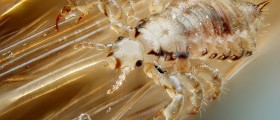


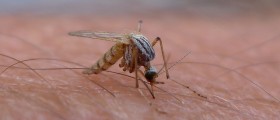


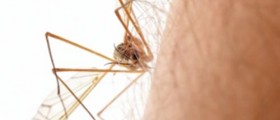
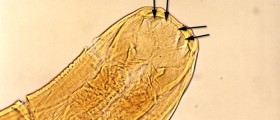

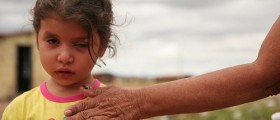




Your thoughts on this
Loading...